PPT-Compensation & Benefits
Author : min-jolicoeur | Published Date : 2018-03-22
Capturing Our Learning Overview Purpose To provide a competitive advantage and ensure that teachers are paid commensurately for their hard work and receive those
Presentation Embed Code
Download Presentation
Download Presentation The PPT/PDF document "Compensation & Benefits" is the property of its rightful owner. Permission is granted to download and print the materials on this website for personal, non-commercial use only, and to display it on your personal computer provided you do not modify the materials and that you retain all copyright notices contained in the materials. By downloading content from our website, you accept the terms of this agreement.
Compensation & Benefits: Transcript
Download Rules Of Document
"Compensation & Benefits"The content belongs to its owner. You may download and print it for personal use, without modification, and keep all copyright notices. By downloading, you agree to these terms.
Related Documents

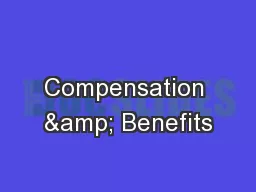
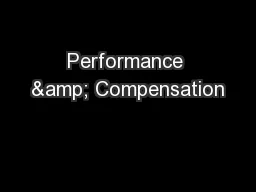
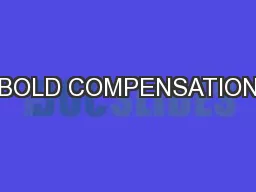
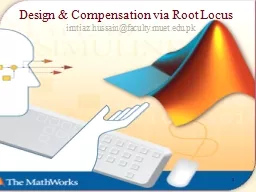
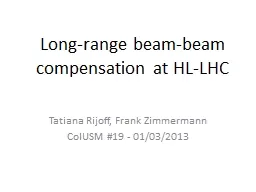


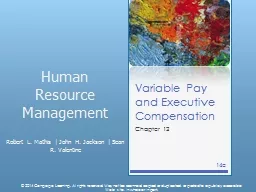
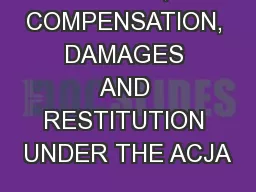
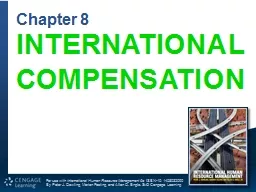

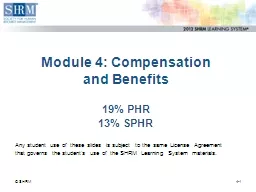
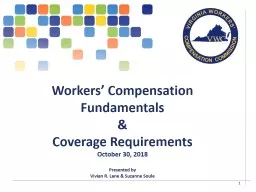
![[PDF READ ONLINE] VA Claims Success: YOUR GUIDE TO MAXIMIZING YOUR VA COMPENSATION BENEFITS](https://thumbs.docslides.com/1019711/pdf-read-online-va-claims-success-your-guide-to-maximizing-your-va-compensation-benefits.jpg)